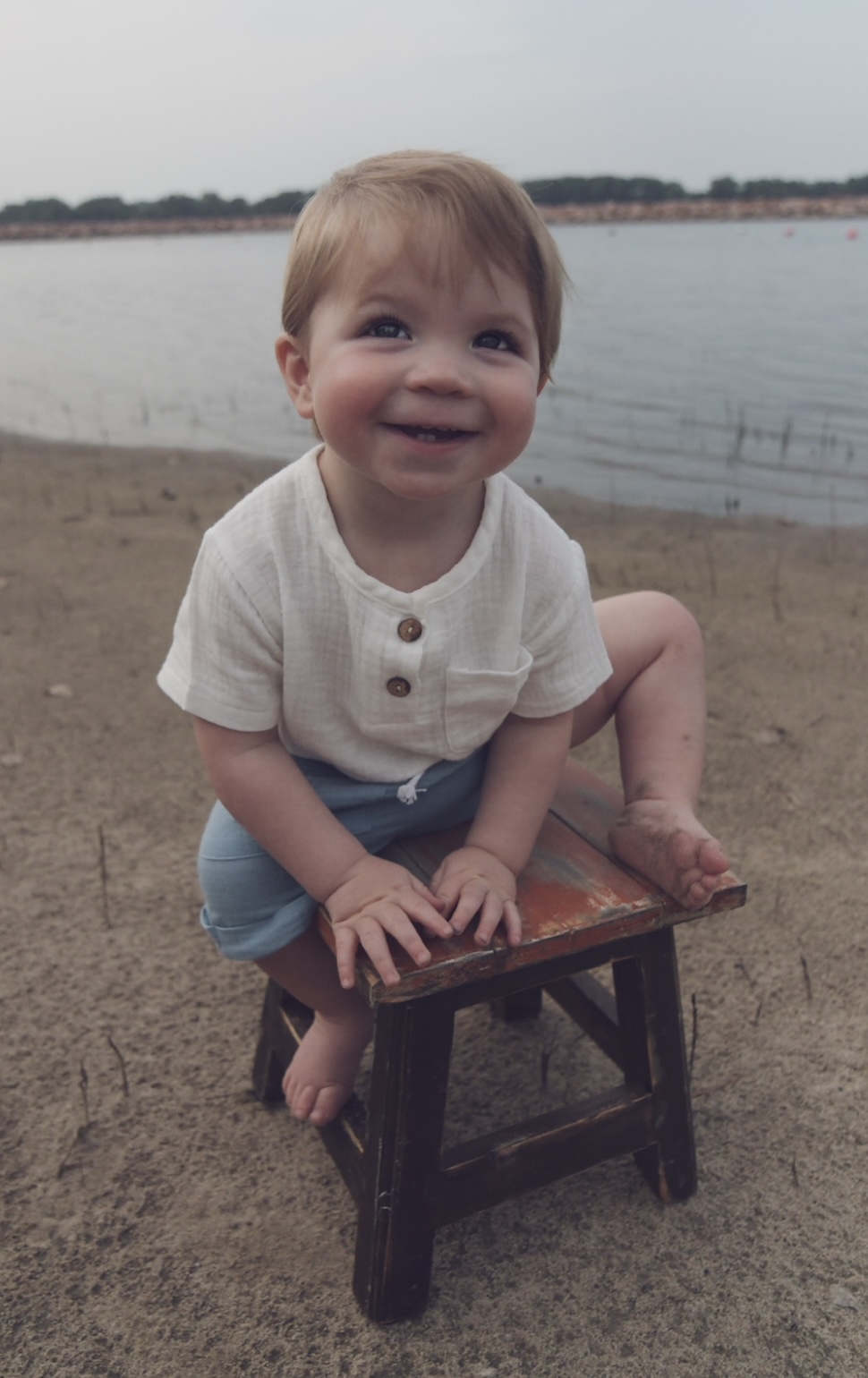The story of Ellyse
Congenital Diaphragmatic Eventration (CDE) is present in 0.05% of newborns…that’s about 1 in 10,000 babies!
The diaphragm is formed at about 7 weeks of gestation. Instead of the normal diaphragm muscle forming, the tissue is more fibro-elastic or thin which allows the underlying organs to raise up into the chest cavity. This can be left, right or bilateral. Left side CDE is more common than the right sided with his liver up in his chest. CDE is difficult to detect in utero and can commonly be mistaken for a Congenital Diaphragmatic Hernia (CDH).
The spectrum of how a CDE affects an infant is varied. Some babies present similar to a CDH with immediate respiratory distress after birth. Some infants (such as Brady) have difficulty feeding, poor weight gain and difficulty breathing during illness. Others have no effect from a CDE and it is an incidental finding on a radiology exam that is done for another reason. Brady’s body compensated well when he was healthy which was why we didn’t suspect anything was wrong majority of the time. He was also born with lip and tongue ties which unfortunately “masked” his symptoms of CDE. Difficulty feeding and poor weight gain can be common with ties as well, but generally improve after having the ties clipped.
Generally (and in Brady’s case) CDE is suspected when an elevated diaphragm is noted on a chest X-ray. Brady’s was noted by the radiologist the first time he was sick in December 2023 and recommended CT follow up, but we were not informed of this finding. The second time he was sick, in June 2024, was when I was made aware of his defect and we began the process of testing and meeting his Specialists.
Repair of a CDE is called a Diaphragm Plication where they pull down the diaphragm and then suture it in the correct position. Brady’s plication surgery was done in October 2024 when he was 15 months old.
Of course we always thought Brady was extra special, but little did we know he truly was 1 in 10,000! 💙
